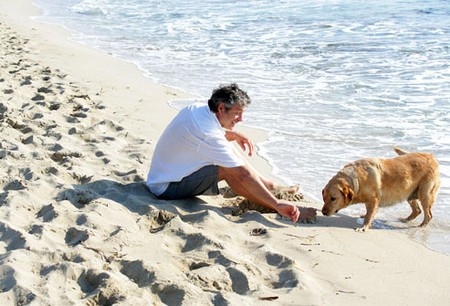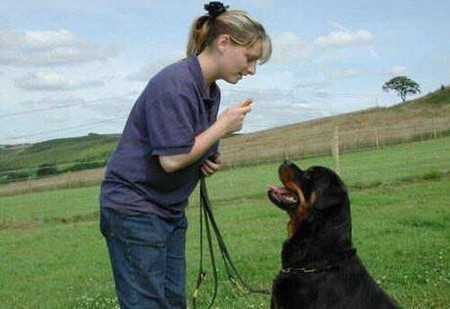It is important to do some preparation while your dog is still a pup if you want to ensure that, as a grown dog, it will respond immediately when you call it to come to you. To introduce the pup to this concept, whenever you are playing with it, or just spending time with it, always make a big fuss every time it approaches you. Pat it and praise it, but never grab or chase it.
The hide-and-go-seek method
The hide-and-go-seek technique is designed to teach your pup to be more attentive to you. If you teach it this technique correctly, you will cause it to think, “If I don’t keep my eye on my owners, they might disappear.” We have used this technique with all of our dogs, and as a result they are far more focused on us than most other dogs we have observed with their owners.

The idea is to select a place that is not near a busy roadway. Take your pup to this area, and allow it to investigate the scene. (It must be pointed out here that, if you wish to take your pup to an area away from your home, it should first be fully vaccinated. A dog that has not been immunized against distemper, etc., is at risk of contracting a disease. If in doubt about your pup’s readiness to venture out into the world, ask your veterinarian.)
Once your pup is happily sniffing and investigating the new scene, pop behind a tree or hedge, and hide. Be sure that while you are concealed you can still keep an eye on the pup, but it cannot see you.
Some pups will panic immediately if they cannot see their owners. If this happens, do not delay: step back into view and call your pup: “Rex, come.” Make a big fuss of it as soon as it reaches you.
Other types of pups could not care less if you disappear. Being allowed to roam may be paradise to them, and they will sniff and forage to their heart’s content. With this kind of pup, you will need to call out, and then wait for it to start charging about trying to find you. Next, show yourself, and praise the pup as soon as it comes to you. Here again it is important to say the dog’s name, followed quickly by “Come.”
Using the dog’s name alone when calling your dog is not sufficient. We regularly come across people who use only their dog’s name when calling it, and then wonder why the dog does not respond. We show them how fruitless this can be by demonstration: we just call the owners’ names, over and over. They stand there, saying “Yes” each time they are called. What they have not realized until now is that, if we call a person using his or her name alone, that person cannot possibly know what we want-least of all that he or she should now jump up and come running to us. It is no wonder that their dogs will not come to them when they call!
Keep two other principles in mind when using the hide-and-go-seek method on your pup. Chasing your pup will teach it to run away from you: it will think it is enticing you into playing a game. Also, do not use your hands to try to restrain the dog. When you are training your dog your hands should be associated only with positive actions, such as patting the dog.

Reticent Rover could have become aggressive, and could have tried to bite his owner to prevent the owner from grabbing him. The situation could very easily have produced a dog that would launch an attack at the mere suggestion that a reprimand was about to come from its owner.
Rover’s story has shown us the danger of using our hands to deal harshly with our pups; the next case history also shows how a mishandled dog can start to retaliate.